Market Trends
Key Emerging Trends in the Automotive Airbag Fabric Market
The market trends in automotive airbag fabric reflect a dynamic landscape driven by advancements in safety technology and consumer demands for enhanced vehicle safety features. One key trend is the continuous evolution of airbag systems, with a focus on improving their efficiency, reliability, and deployment capabilities. As vehicles become more sophisticated, airbags are increasingly integrated into various parts of the vehicle, including side-impact airbags, knee airbags, and curtain airbags. This trend necessitates specialized fabrics for airbags that can meet stringent safety standards while accommodating different deployment scenarios.
The development and adoption of advanced materials are influencing the market trends in automotive airbag fabrics. Manufacturers are exploring high-performance materials such as aramid fibers and coated fabrics to enhance the strength, durability, and fire-resistant properties of airbag fabrics. These materials contribute to the overall effectiveness of airbag systems in protecting occupants during a collision. Additionally, the trend towards lightweighting in the automotive industry is impacting airbag fabric choices, as lighter materials can contribute to improved fuel efficiency without compromising safety.
An increasing focus on sustainability is another noteworthy trend in the automotive airbag fabric market. With growing environmental awareness, manufacturers are exploring eco-friendly materials and production processes for airbag fabrics. This includes the use of recycled or bio-based materials, as well as more sustainable manufacturing practices. This trend aligns with broader industry efforts to reduce the environmental impact of automotive components, promoting a balance between safety and ecological considerations.
Innovations in manufacturing processes and technologies are shaping the market trends of automotive airbag fabrics. Advanced weaving techniques, precision cutting methods, and automated production processes contribute to the efficient and cost-effective manufacturing of airbag fabrics. These innovations not only enhance the overall quality of airbag fabrics but also streamline production, making them more accessible for a broader range of vehicles. Additionally, advancements in coating technologies are improving the abrasion resistance and UV stability of airbag fabrics, ensuring their performance and longevity in different environmental conditions.
The market trends are also influenced by the global automotive safety regulations and standards. As safety regulations evolve, manufacturers must adapt airbag systems and their corresponding fabrics to comply with the latest requirements. This includes considerations for new testing methodologies, crash scenarios, and occupant protection criteria. The harmonization of safety standards across regions further impacts the development and adoption of airbag fabrics, as manufacturers strive to create solutions that meet or exceed global safety regulations.
The integration of smart and sensor-based technologies is an emerging trend in automotive airbag systems, impacting the design and functionality of airbag fabrics. As vehicles embrace advanced driver assistance systems (ADAS) and sensor technologies, airbag systems are becoming more intelligent and adaptive. Fabrics with embedded sensors or responsive materials are being explored to enhance the precision of airbag deployment, optimizing protection based on the specific characteristics of a collision. This trend aligns with the broader movement towards connected and autonomous vehicles, where safety systems are increasingly integrated and interconnected.
Collaborations and partnerships between airbag fabric manufacturers, automotive OEMs, and technology providers are becoming more prevalent as a trend in the industry. Collaborative efforts aim to address complex challenges related to safety, materials, and technology integration. These partnerships facilitate knowledge exchange, joint research and development initiatives, and the creation of innovative solutions that can elevate the performance and safety standards of airbag fabrics.
The market trends in automotive airbag fabric underscore a trajectory towards advanced materials, sustainability, manufacturing innovation, regulatory compliance, smart technologies, and collaborative partnerships. As safety remains a paramount concern in the automotive industry, airbag fabrics play a crucial role in ensuring occupant protection during collisions. The evolving trends in this sector demonstrate a commitment to continual improvement, aligning with the broader goals of enhancing vehicle safety, minimizing environmental impact, and embracing technological advancements for a safer and more sustainable automotive future.

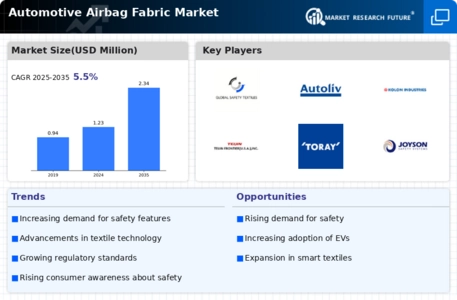
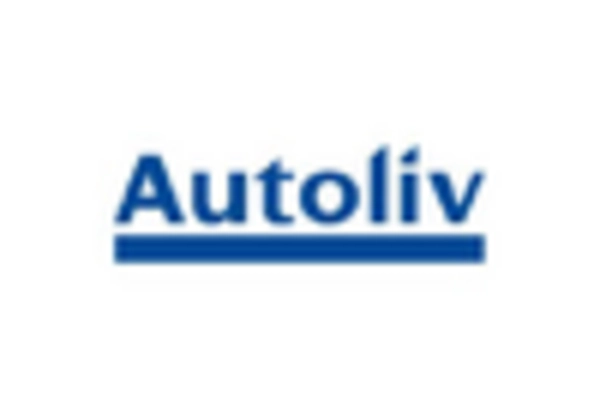
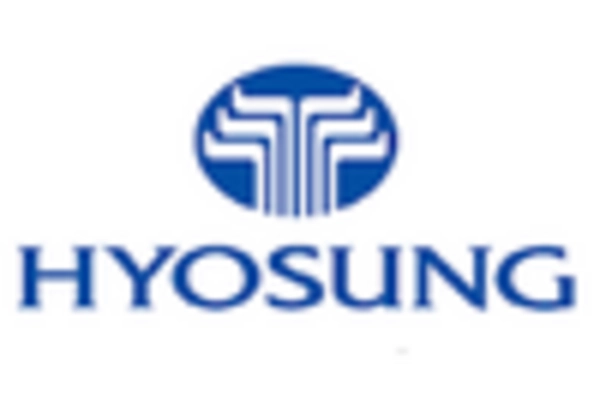
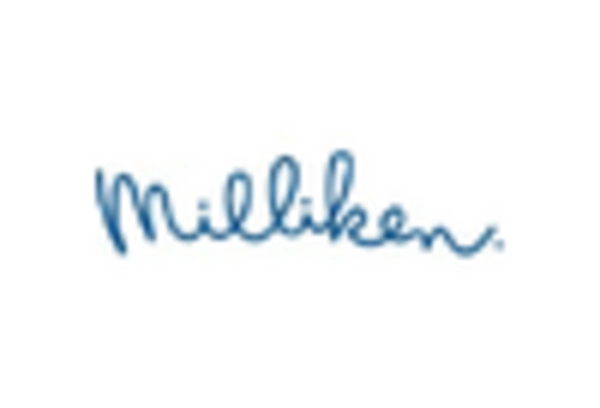
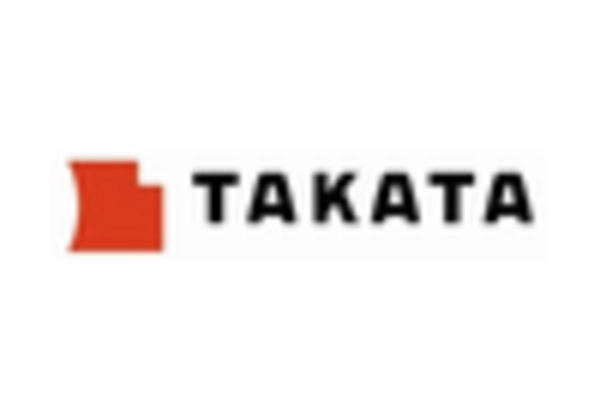
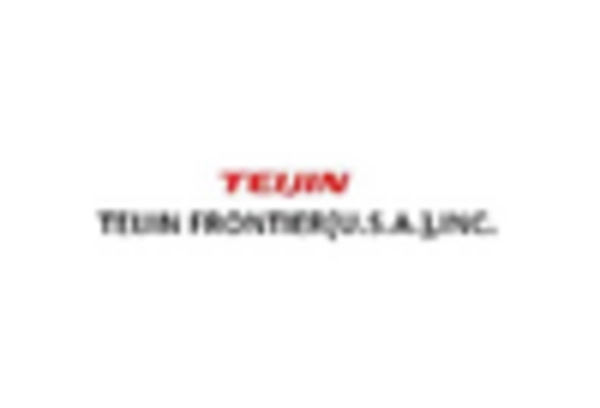
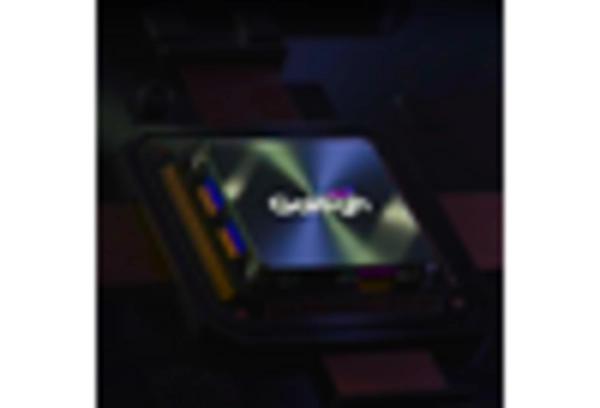









Leave a Comment